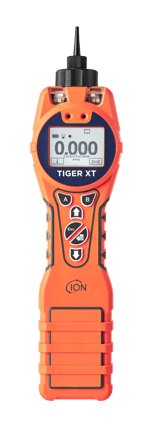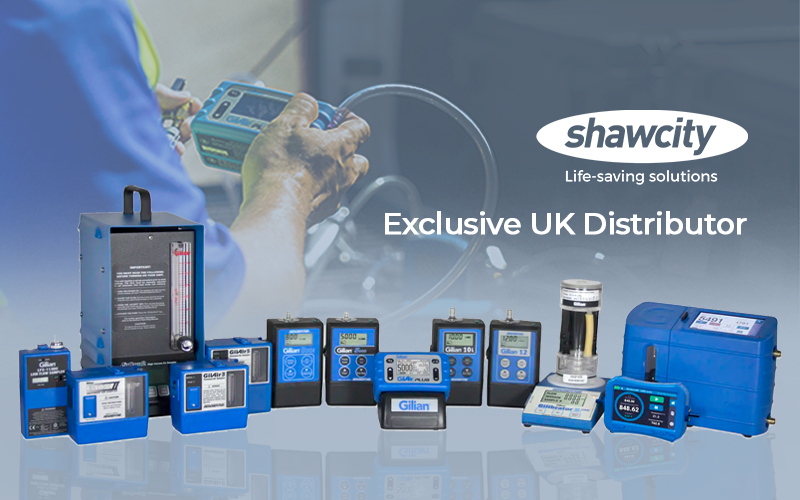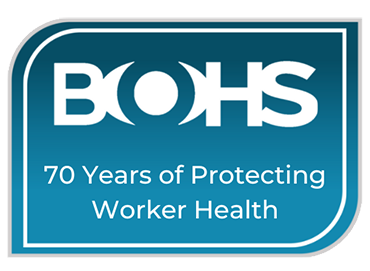What is Formaldehyde?
Formaldehyde is a colourless, strong-smelling, flammable gas often found in aqueous (water-based) solutions. Commonly used as a preservative in medical laboratories and mortuaries, formaldehyde is also found in many products such as chemicals, particle boards, household products, glues, permanent press fabrics, paper product coatings, fibreboard, and plywood. It is also widely used as an industrial fungicide, germicide and disinfectant.
Formaldehyde is also a simple but essential organic chemical that occurs naturally in most forms of life, including people, some foods we eat and trees.
How is formaldehyde released into the environment?
Formaldehyde is a volatile organic compound (VOC), meaning it has a high vapour pressure at room temperature, which correlates with a low boiling point of -17 degrees. Typically, compounds with Formaldehyde in will “off gas” into the surrounding air.
It is naturally released into the environment from the breakdown of methane by sunlight, smoke from forest and bushfires, combustion of organic materials, vehicle emissions and volcanic activity.
What are the risks of formaldehyde?
Formaldehyde is classified as a toxic gas, typically measured in parts per million (ppm) with some applications even requiring measurement of parts per billion (ppb). Current occupational exposure limits for various toxic substances, including formaldehyde, are defined in HSE Guidance EH40 Workplace exposure limits.
Formaldehyde is a sensitizing agent that can cause an immune system response upon initial exposure. It is also classified as a Group 1 carcinogenic substance by the International Agency for Research on Cancer (IARC). Acute exposure is highly irritating to the eyes, nose, and throat and can make anyone exposed cough and wheeze. Subsequent exposure may cause severe allergic reactions of the skin, eyes and respiratory tract. Ingestion of formaldehyde can be fatal, and long-term exposure to low levels in the air or on the skin can cause asthma-like respiratory problems and skin irritation such as dermatitis and itching. Concentrations of 100 ppm are immediately dangerous to life and health (IDLH).
The current exposure limit within the UK is 2ppm which is currently under review, while the EU have recently lowered their exposure limits to 0.3ppm for the long-term exposure limit (LTEL) and 0.6ppm for the short-term exposure limit (STEL).
Monitoring formaldehyde
Monitoring formaldehyde typically involves using methods to measure the concentration of formaldehyde gas in the air over a short-term exposure level (15-minute period) and long-term exposure level (8-hour period).
When monitoring formaldehyde, it is crucial to consider the workplace requirements and the desired level of accuracy. Regular monitoring is especially crucial in indoor environments where formaldehyde-emitting sources may be present, such as newly constructed or renovated buildings or spaces with high concentrations of potential sources like laboratories or manufacturing facilities.
Proper ventilation and source control can also help in reducing formaldehyde levels in indoor environments.
Fixed or portable gas detection is considered the most accurate method to detect formaldehyde concentrations in the air. They provide accurate monitoring with real-time data, allowing for immediate action if formaldehyde exceeds safe exposure levels.
Electrochemical Sensors
Electrochemical sensors allow gases to diffuse through a porous membrane to an electrode, which is either chemically oxidized or reduced. The amount of current produced is determined by how much of the gas is oxidized at the electrode, indicating the gas concentration.
Typically used for continuous monitoring, an electrochemical sensor would be used within a fixed gas detection system suitable for monitoring expected high levels of formaldehyde in laboratories, mortuaries and museum preservation facilities.
Photoionisation Detection (PID) Sensors
A PID sensor uses an ultraviolet (UV) light source to break down VOCs in the air into positive and negative ions. The PID electrode stack then attracts these ions in either positive or negative charge and converts them into a signal. The PID unit then converts the signal to either ppm, ppb & mg/m3.
positive and negative ions. The PID electrode stack then attracts these ions in either positive or negative charge and converts them into a signal. The PID unit then converts the signal to either ppm, ppb & mg/m3.
The ION Science Tiger XT is a highly accurate VOC detector that detects over 750 gases and toxic compounds from 1ppb) up to 20,000ppm. It responds to dangerous compounds in just two seconds and clears down just as quickly, alerting users with an audio-visual and vibration alarm. The Tiger is suitable for spot checks, environmental testing and monitoring formaldehyde in enclosed spaces.
Colorimetric sensors
Colorimetric detection provides a visual indication of formaldehyde at low levels by using a tape, badge or disc that changes colour when the media comes in contact with the inert media. An optical sensor then looks at the level of discolouration and interprets this as a ppm or ppb measurement.
Colorimetric technology is excellent for applications where compounds that can interfere with other detection methods, such as ethanol or methanol, can be found. In addition, it can provide accuracy at very low levels. It can’t, however, provide continuous measurements, so it is primarily used for assessing worker's STEL for specific tasks.
Monitoring solutions from Shawcity
Specialising in portable, personal and fixed gas detection, Shawcity provides monitoring solutions for a wide range of applications. Working closely with the world’s leading gas detection manufacturers ensures we have the most comprehensive and independent offer for our customers.
The Shawcity instrumentation portfolio extends from designing and installing large-scale fixed-point detectors to the smallest wearable technology, all of which can also be serviced and maintained by our in-house engineers.
For more information on formaldehyde detection or to discuss your monitoring requirements, contact Shawcity on 01367 899419 or email solutions@shawcity.co.uk
.png)
-1.png)









